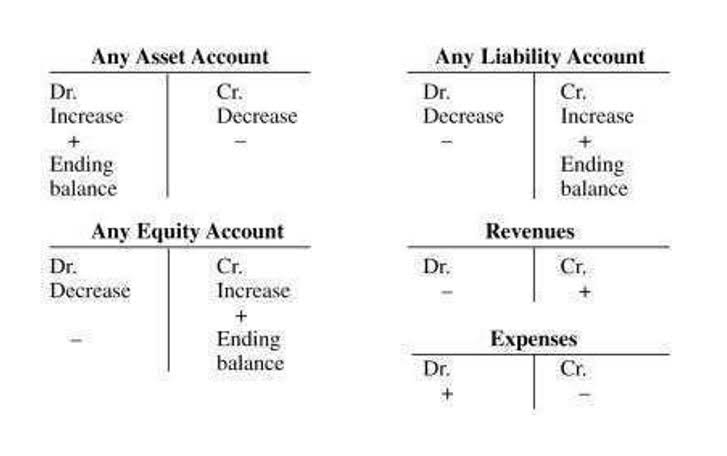
When goods are labeled as FOB shipping point, the seller’s role in the transaction is complete when the purchased items are given to a shipping carrier and the shipment begins. FOB, or “free on board,” is a widely recognized shipping rule created by the International Chamber of Commerce (ICC). It defines the point when a buyer or seller becomes liable for goods transported by sea. If the goods are damaged in transit, the buyer should file a claim with the insurance carrier, since the buyer has title to the goods during the period when the goods were damaged. Conversely, the seller does not have title during this period, and so should not file a claim. In this situation, the billing staff must be aware of the new delivery terms, so that it does not bill freight to the customer.
FOB Destination
For FOB Origin, the buyer assumes all risks related to damage, destruction, and loss during transit once the goods are loaded onto the chosen mode of transport at the origin point. This arrangement can be more expensive for the buyer, particularly if the shipment is large or travels a long distance. Resolving any issues that arise during transportation can also be time-consuming for the buyer. The buyer takes responsibility for the transport cost and liability during transportation. “FOB Destination” means that the transfer completes at the buyer’s store and the seller is responsible for all of the freight costs and liability during transport.
- The accounting entries are often performed earlier for a FOB shipping point transaction than a FOB destination transaction.
- In theory, though not always in practice, FOB also offers buyers a far more precise picture of the status of their goods in transit, and they can also itemize costs.
- It is much easier to determine when title transfers by referring to the agreed upon terms and conditions of the transaction; typically, title passes with risk of loss.
- In international trade, ownership of the cargo is defined by the contract of sale and the bill of lading or waybill.
- Its smart new technology skips hefty international transfer fees by connecting local bank accounts all around the world.
Point of Transfer in FOB Shipping Point
If any issues arise during shipping, the seller handles resolving them and may need to replace or refund the damaged goods. Another disadvantage of FOB Origin is that the buyer is wholly responsible for arranging and managing transportation. This responsibility includes tasks such as finding a suitable carrier, negotiating rates, handling export documentation, and covering additional expenses like insurance, customs clearance, and other logistical services. Since the customer takes ownership of the goods at its own receiving dock, that is also where the supplier should record a sale. It is important to note that under FOB shipping point terms, when the freight has been prepaid by the seller, the buyer does not include the amount of freight when calculating cash settlement discounts on the invoice.

FOB Shipping Point vs. FOB Destination: An Overview

The customer should record an increase in its inventory at the same point (since the customer is undertaking the risks and rewards of ownership, which occurs at the point of departure from the supplier’s shipping dock). Also, under FOB shipping point terms, the customer is responsible for the cost of shipping the product. The customer should record an increase in its inventory at the same point (since the customer is undertaking the risks and rewards of ownership, which occurs at the point of arrival at its shipping dock). Also, under FOB shipping point terms, the supplier is responsible for the cost of shipping the product.
- FOB destination, on the other hand, would not have recorded the sale until the package was delivered.
- For FOB Destination the seller completes the sale in its records once the goods arrive at their final destination, and the buyer records the increase in its inventory at that time.
- The type of FOB to be used is typically designated in a customer’s purchase order, and is also stated on the supplier’s invoice to the customer.
- The buyer takes responsibility for the transport cost and liability during transportation.
Benefits of FOB Destination
- The invoice automatically does the math, including the subtotal, total, and amount due (you can also specify if some part of the amount has already been paid).
- This means there is a difference between the legal terms of the arrangement and the typical accounting for it.
- Having decided that the terms of the contract are FOB, it is now necessary to choose the point at which responsibility passes from the seller to the buyer.
- Where the FOB terms of sale are indicated as “FOB Origin,” the buyer is responsible for the costs involved in transporting the goods from the seller’s warehouse to the final destination.
- Shipping terms affect the buyer’s inventory cost because inventory costs include all costs to prepare the inventory for sale.
The main difference between CIF and FOB concerns who takes much of the responsibility for shipping costs and risks. With CIF, the seller does most of the legwork, taking responsibility for the goods all the way to the buyer’s port. Alternatively, with FOB, the buyer assumes full liability for all costs and risks as soon as the cargo is loaded onto the ship.
Free on Board (FOB) Shipping Points: All You Need To Know
- CIF is commonly used for large deliveries, including oversized goods, that are shipped by sea.
- Goods shipped EXW will usually be cheaper FOB since Free on Board would have the supplier bear the costs of transportation, handling, and customs clearance.
- The main difference between CIF and FOB concerns who takes much of the responsibility for shipping costs and risks.
- If the goods are damaged in transit, the customer should file a claim with the insurance carrier, since the customer has title to the goods during the period when the goods were damaged.
- If the terms include the phrase « FOB Origin, freight collect, » the buyer handles freight charges.
With an FOB shipping point (or FOB origin), the sale of the goods is made as soon as the seller ships them out. In essence, this means the sale is finalized the moment the shipping carrier takes the goods away. So, the buyer pays for the goods before they are received and usually bears the cost of shipping and liabilities of transportations, fob shipping point including loss, damage, or theft. FOB is an acronym for Free on Board, and indicates whether the supplier or the customer will pay shipping expenses. Also, the type of FOB shows which party takes legal responsibility for the goods being shipped, and at what point during transport that responsibility is transferred.
Potential Disputes Over Transfer Points

There is also a field where you can include notes, such as shipping instructions and dates. Once the goods are at the buyers destination, the ownership of the goods and the risk passes to the buyer. Communication may also be problematic if the buyer relies solely on people who act for the seller.

Example of FOB Destination
In classic FOB contracts, sellers are relieved of responsibility and costs for their goods, once the goods are loaded onto a container ship. Free on Board, commonly referred to as F.O.B., is a shipping designation used to specify obligations and responsibilities for goods when they are shifted from seller to buyer as sea freight. In FOB agreements, the responsibility for shipping transfer to the buyer as soon as the goods leave the seller’s location under FOB Shipping Point. Or, the responsibility can transfer to the buyer once he or she receives the goods if there is a FOB Destination agreement in place.



